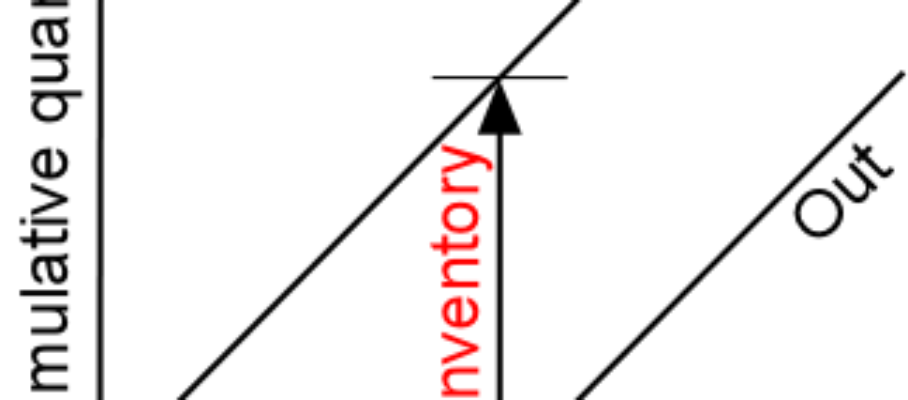Oct 19 2011
The Role of Technology in Continuous Improvement
In an article on this topic in Industry Week today, Ralph Keller asserts that Continuous Improvement is focused on business processes rather than technology.
However, if you wrap tinfoil around the feet of a welding fixture to make it easier to clean, replace bolts with clamps on a machine to reduce setup time, or mount a hand tool on the machine on which it is used, it usually counts as Continuous Improvement but involves technical changes to work that I don’t think anyone would describe as business processes.
Yes, Continuous Improvement is done without expensive technology, but it does involve cheap technology.
Ralph Keller also reminds us that Continuous Improvement is not “rocket science,” which implies that it is easier. I agree that it is different, but not easier. I don’t know any rocket scientist with the skills to facilitate Continuous Improvement.





Nov 8 2011
Factory life with and without Kaizen
In Kaizen, Masaaki Imai describes Japanese executives returning in the 1970s to American plants they had visited thirty years before and being struck by the absence of change: they saw the same production lines with the same equipment operated the same way. This started me looking for photographic evidence. Overall, pickings were slim, but I did find the above pictures of the same coke oven at the Ford River Rouge plant shot in 1946 and 1976.
If there is Kaizen activity in a factory, how does it change the work life of employees at all levels? The following chart compares the breakdowns of their use of time, with and without Kaizen:
In a plant without Kaizen, operators and supervisors are fully occupied with routine daily tasks: production for the operators, expediting parts, enforcing discipline, and record keeping for supervisors. Only middle managers and executives spend a fraction of their time on projects involving capacity changes, new production lines or new technology. Nobody works on incremental improvements to the way the work is done today.
By contrast, Kaizen involves employees at all levels in such improvement activities to different degrees. Between improvement and daily routine, the boundary is sharp; between improvement and innovation, fuzzy. Over time, the cumulative effect of incremental improvement is radical change by itself. In addition, the skills acquired and the lessons learned from incremental improvements are incorporated into new line or plant design projects. In some Japanese auto parts plants, I remember seeing automatic lines side-by-side, where one used old machines that had been gradually retrofitted with devices that reduced the need for human intervention, while the other one had been built from scratch with new machines to be automatic. The Kaizen work done to implement the former was essential to the success of the latter.
Share this:
Like this:
By Michel Baudin • Management, Technology 10 • Tags: Continuous improvement, industrial engineering, Kaizen, Lean manufacturing, Manufacturing engineering